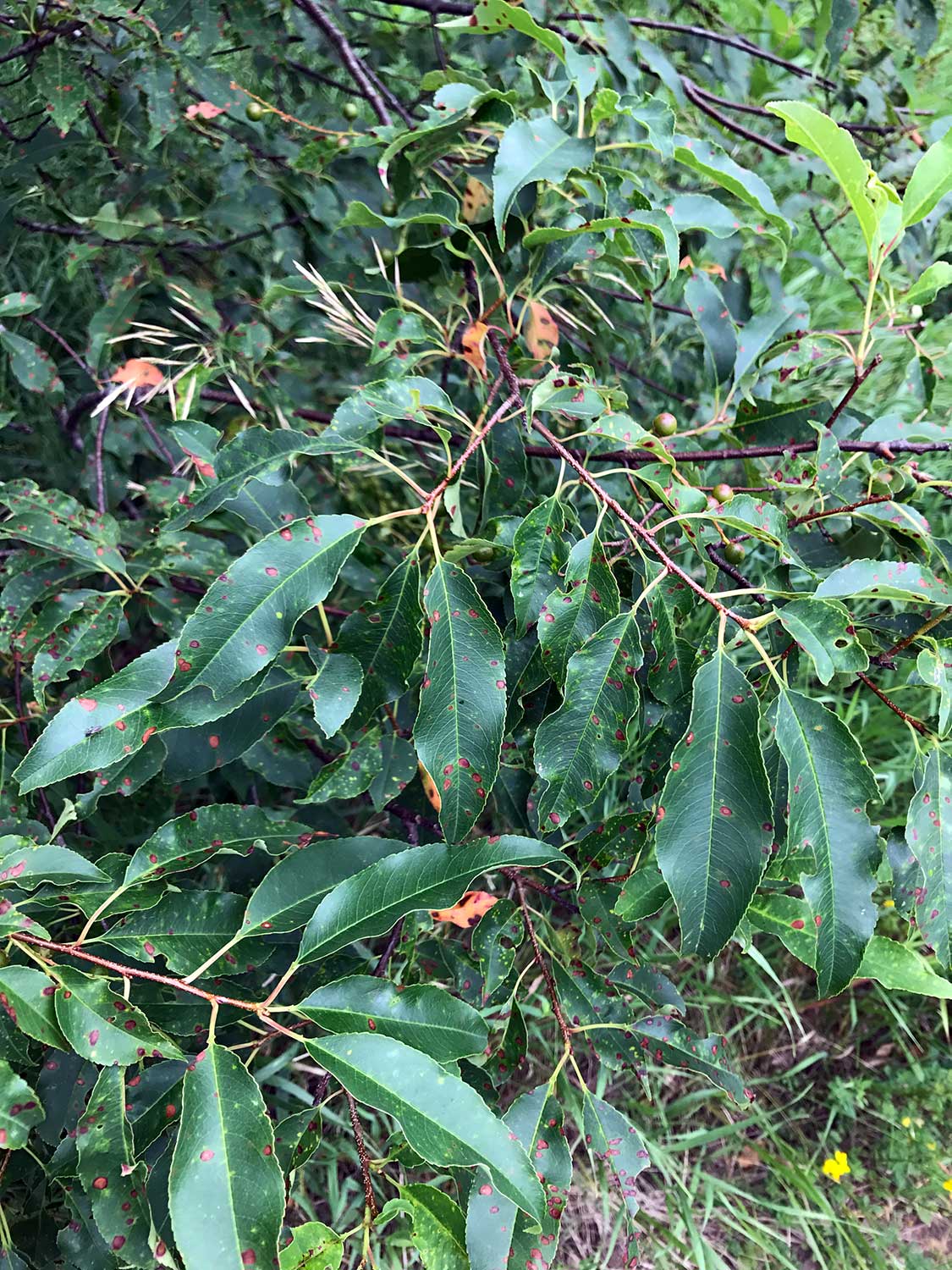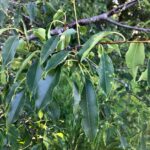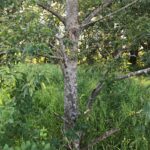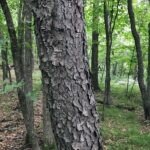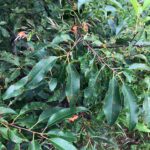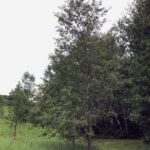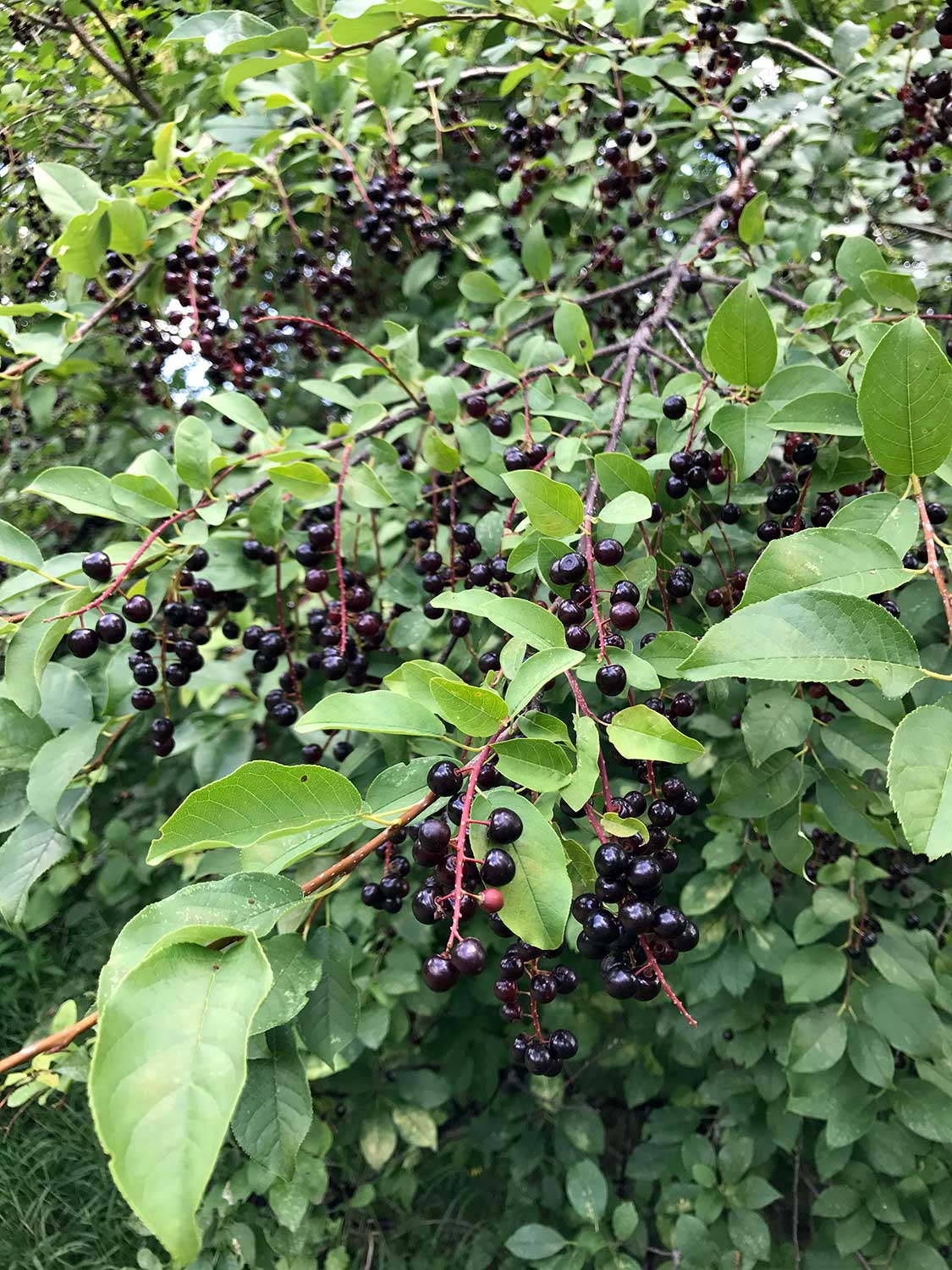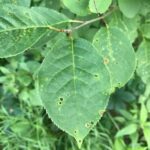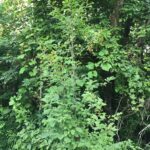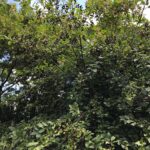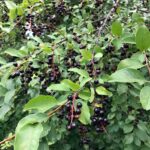Native To State: YES
Naturally Occurring: YES
Description
Appearance: Prunus serotina is a deciduous tree known for its simple leaves, fragrant white flowers, and dark fruit.
Leaves: The leaves are simple, serrated, and lance-shaped.
Flowers: It produces fragrant, white, elongated clusters of flowers.
Fruit: It produces small, dark purple to black cherries that are edible but tart.
Bark: The bark is dark, rough, and develops distinctive horizontal lines.
Habitat: It is commonly found in woodlands and along roadsides.
Distribution: Black cherry is native to North America.
Occurrence
One of the more widespread of the large trees.

